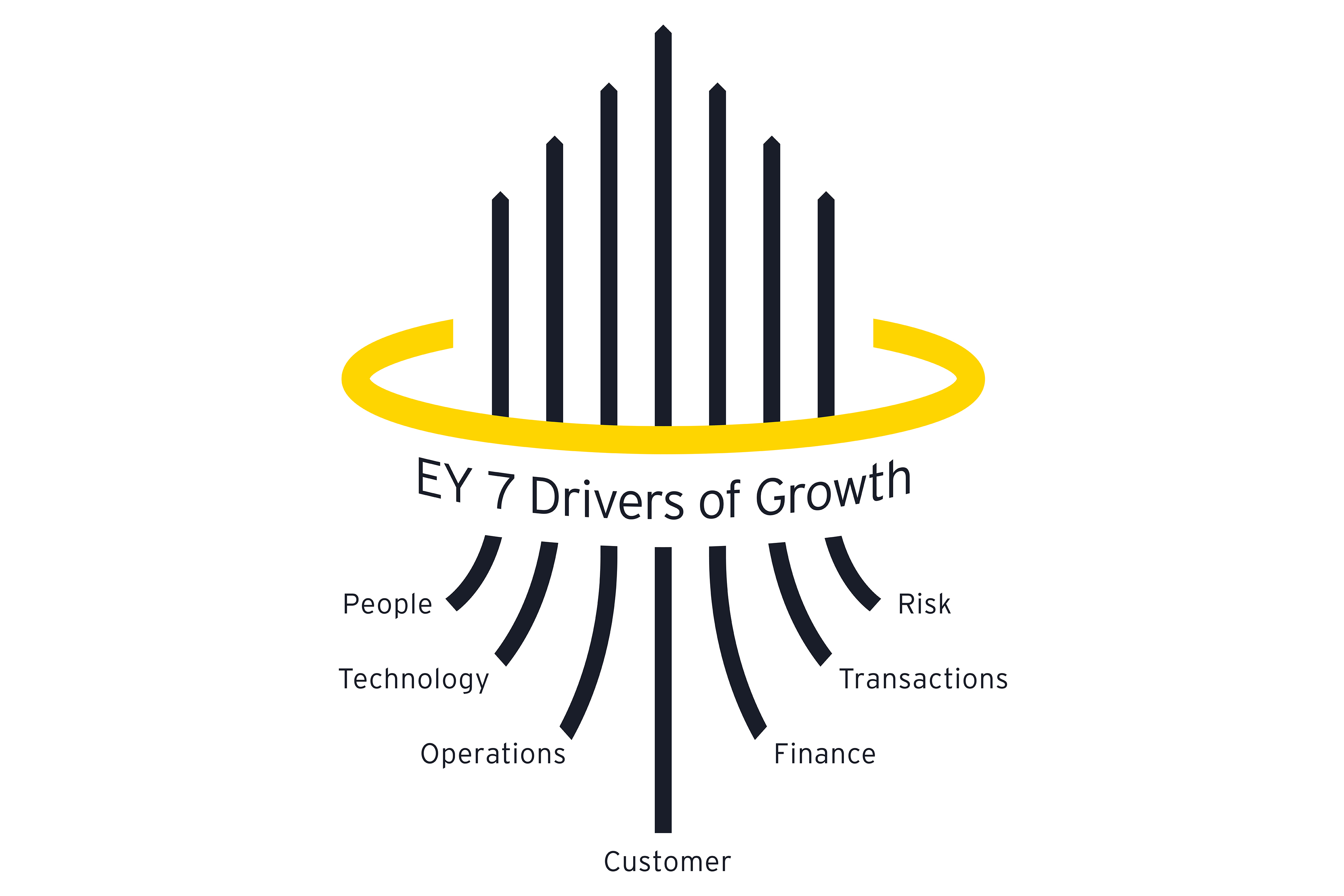Your business — EY Family Enterprise DNA Model
As families divide profit among more family members, sustainable growth and profitability of the business become more important. Families that keep the entrepreneurial spirit alive are able to create ambitious leaders that think differently about the business and deliver successful growth strategies.
Growth and innovation
Family enterprises innovate successfully when they commit to their entrepreneurial nature, respond proactively to change, and pursue research and development.
Growth strategy in a family enterprise should embrace the next generation and encourage them to come up with ideas for future lines of business via innovation or acquisition. This approach allows the enterprise to develop a portfolio that limits emotional ties to the original family business.
Capital agenda
Successful family enterprises have deep understanding of how their capital strategy is affected by various macroeconomic factors and disruptive forces. A capital agenda — how you manage capital, execute transactions and apply corporate finance tools to operational and strategic decisions — that is flexible enough to withstand such challenges adds value and helps drive growth.
Digital transformation
The digitalization of business is no longer an option — it is a must. Family enterprises are sometimes beholden to tradition and how they’ve always done things. To avoid resistance to change, it is crucial to welcome people with fresh perspectives and new ideas. That talent may come from family members or outsiders.
Talent
Family enterprises often draw experienced managers from the wider business community. They bring new skills and insight and the ability to drive positive change. With no shareholders to restrict actions, family enterprises are able to motivate employees by offering a mix of financial, physical and emotional incentives. Sharing the profits of the company, both formally and informally, creates lasting relationships and loyalty.
Successful families have a common purpose and shared values that help them decide what matters to the family and the business. They create roadmaps that can guide their decision-making, and they rely on strong governance frameworks to help family members manage their differences in a way that preserves cohesion and does not jeopardize the enterprise’s future.
The team
Contact us
Like what you’ve seen? Get in touch to learn more.


